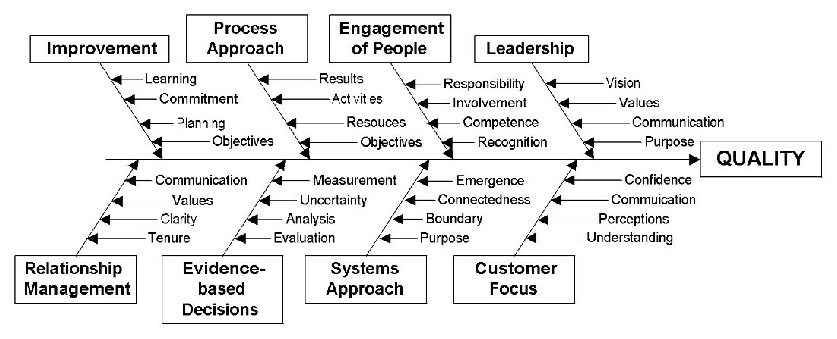

The cost principle is not applicable to financial investments, where accountants are required to adjust the recorded amounts of these investments to their fair values at the end of each reporting period.

Using the cost principle for short-term assets and liabilities is the most justifiable, since an entity will not have possession of them long enough for their values to change markedly prior to their liquidation or settlement. Cost Principle for Short-Term Assets and Liabilities How the cost principle is applied depends on the situation, as noted below. Thus, this lower of cost or market concept is a crushingly conservative view of the cost principle. However, this variation does not allow the reverse - to revalue an asset upward. A variation on the concept is to allow the recorded cost of an asset to be lower than its original cost, if the market value of the asset is lower than the original cost. It has numerous disadvantages but also has great advantages which make the process fit for different purposes.The cost principle requires one to initially record an asset, liability, or equity investment at its original acquisition cost. The principle is widely used to record transactions, partially because it is easiest to use the original purchase price as objective and verifiable evidence of value. Though the initial cost of the equipment is high the running cost is low. The weld produced is clean and without the use of filler metals. It can be used for welding thermoplastics and thin metals.

This welding process has many industrial applications. It can be used for welding different thermoplastic containers and tubes. It can also be used for packaging industries.As there are no chemical reactions involved in the process of ultrasonic welding, this makes ultrasonic welding a clean process, hence it is used for welding many medical equipments.Another important application of ultrasonic welding is that it is used in the automotive industry for welding steering parts, door panels, and many engine components.Ultrasonic welding is suitable for such an application because there are no sparks produced in the process which may burn electrical components. It is widely used in electrical industries for welding different circuits, PCBs, hard drives, and semiconductor devices.Around 50-60 workpieces can be welded in a minute. The only thing that needed to be done is, place the workpiece in the correct position and start the machine. Production rate while working on ultrasonic welding equipment is quite high when compared to conventional welding methods. This temperature is sufficient enough to create an intermolecular bond between the two workpieces and as a result of which the workpieces get welded. Because of the mechanical vibrations friction is created between the workpieces which causes a localized increase in the temperature between the workpieces.

The horn applies pressure along with mechanical vibrations on the workpieces in contact. There is a transfer of vibration from the transducer to the horn. This alternating current reaches the transducer where it is converted to high-frequency mechanical vibrations. Diagram of Ultrasonic Welding, Learn Mechanical Working Principle Of an Ultrasonic Welding Equipment:Īs soon as the power supply is switched on, Alternating Current is generated by the transformer because of the mutual inductors present in it.


 0 kommentar(er)
0 kommentar(er)
